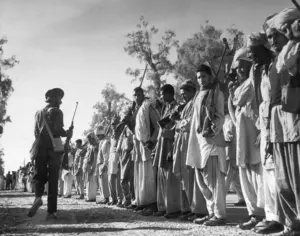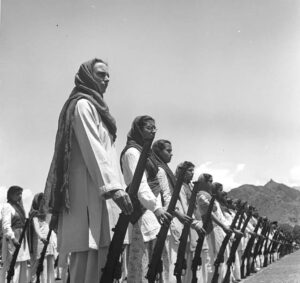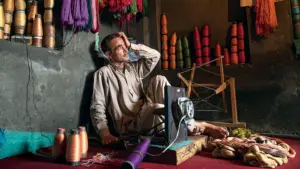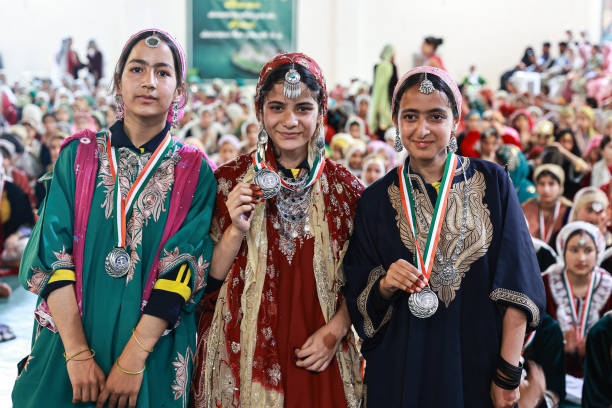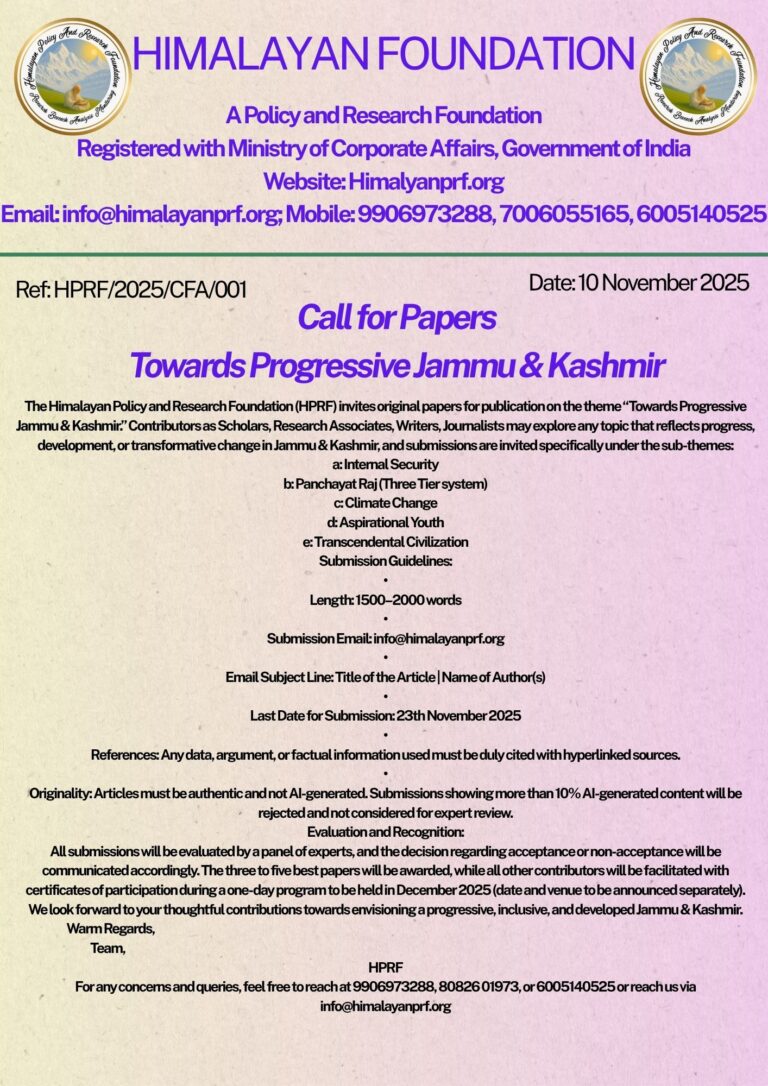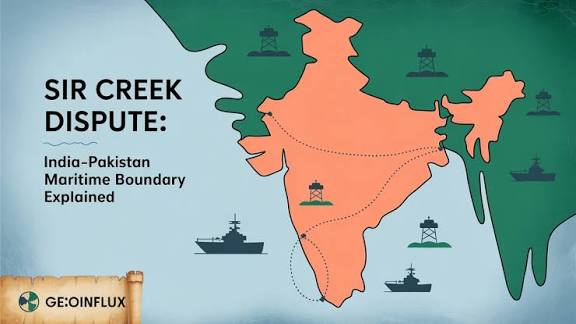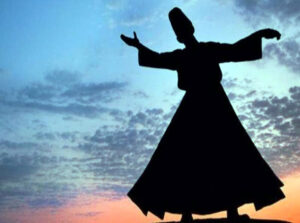Written By: Imran Sidique Pandith ( Academician )
Jammu and Kashmir — a place usually viewed through the lenses of geopolitics or geography — is now stealthily and significantly rewriting itself through the narratives of its young women. Through its valleys and hilltops, in laboratories, classrooms, courts, studios, sporting fields, and streets, these girls are not witnesses to change, but active forces shaping a new group imagination. Their path is not just defined by ability and determination, but resilience — an audacious rejection of stereotypes, limitation, and the lingering specter of war. Wherever silence was enforced earlier, they are voicing themselves now; in occupations formerly shut to them, they are taking space; and in highly conventional societies, they are planting seeds of change.
Education is the fulcrum of this revolution of quiet. Girls in Jammu and Kashmir are taking over this space with aplomb, beating boys year after year in board exams, entrance exams, and admissions to universities. From such places as Bandipora, Kishtwar, Kupwara, and Rajouri, first-generation girls are topping national-level exams such as NEET, UPSC, and JKAS. “To educate a girl in Kashmir is to educate not just a home, but an entire horizon.” This rise is not just statistical; it is symbolic of a change in culture, where educating girls is not viewed as taking a risk, but as investing in the future.
Outside the classroom, they are entering fields of governance and law that were traditionally male bastions. Women such as Dr. Ruveda Salam, the first female Valleyite in the Indian Police Service, have emerged as role models. More and more young women from rural and economically disadvantaged backgrounds are topping civil services exams and entering the power corridors. Their triumph is not insurgency, but a rightful restoration — to areas long withheld, now taken back in elegance and determination. Their arrival is not symbolic; it is transcendent. With compassion and an experiential knowledge of social conditions, they are recalibrating the way things work in a part of the country that requires mending.
Even in sports, Kashmiri girls are shattering barriers. From kickboxing rings to cricket pitches, they are making their mark with determination and talent. Tajamul Islam, a child prodigy from Bandipora, won an international gold medal in kickboxing at the age of 8 and now has a self-defence academy for girls. Baramulla’s Muntaha Jan, a differently-abled sportsperson, overcame physical constraints and indifference to become a national-level Para Taekwondo athlete. Women’s football and cricket teams are making gains, albeit with minimal support and resources. “She walks where silence once reigned, not to ask for space, but to reclaim it.” These girls are not athletes alone; they are representatives of self-worth, bodily freedom, and public agency.
Young women are transforming cultural narratives in the contexts of arts, journalism, and digital media. As reporters, they cover margins with depth and sensitivity lacking in national reportage. As writers and poets, they document loss, memory, exile, and hope — speaking for silences that have lasted too long. As online creators, they bring alive the rich richness of Kashmiri culture, connecting tradition with the twenty-first century. “Not only does she stand for progress — she is the embodiment of the spirit of resistance in dignity.” In a part of the world long discussed but seldom represented, these young women are asserting the right to tell their own stories.
Entrepreneurship is another big front. Young women are heading startups in sectors such as saffron farming, ecotourism, fashion, and traditional crafts, frequently changing not only their lives but also those of their communities. Women Self-Help Groups (SHGs) are making dry fruits, organic items, and clothing — using digital platforms to sell them worldwide. Their business is not economics alone; it is about freedom, creativity, and rewriting family and social equations. “From classrooms in Kupwara to courts in Jammu, from kickboxing rings to scientific labs — the daughters of Jammu and Kashmir are scripting a new chapter of excellence.”
Perhaps most deeply, these girls are also leaders in civic engagement and social reform. They head campaigns for climate justice, gender equity, menstrual well-being, education, and mental health — more often at the grassroots level. They work with NGOs and community organizations to assist children, women, and the elderly, infusing day-to-day activism with compassion and pragmatism. Whether in the streets or online, they have a leadership that is based not on confrontation but care. “They are not waiting for change — they are becoming it.” They are activist-women acting from experience and driven by hope, a new form of civic awareness in the region.
But amidst these victories, there are challenges. Gendered violence, stigma, and safety issues persist. Rural communities are hampered by infrastructural shortcomings, internet outages, and archaic curriculums. Cultural expectations still pressure most girls toward conformity over curiosity. Yet these women are not defined by what holds them back — they stand out by not being stopped. “Every girl who breaks the barrier in Jammu and Kashmir carries the legacy of thousands who dreamed aloud.”
Jammu and Kashmir’s daughters are no more the passive victims of a troubled past — they are the heroes of an optimistic tomorrow. “Where conflict drew boundaries, she builds bridges — with books, with words, with vision.” They don’t merely shatter stereotypes; they grow out of them. What they crave is not applause but chance, not pedestalization but safeguards. Their voices hold the guarantee of peace. Their steps define the way of progress. If Kashmir ever has to thrive, it will have to do so by the dignity, security, and empowerment of its daughters — who have always been its strength, although often uncelebrated.

“They were born in the valley of conflict, but they rise like peaks of courage.”
( THE VIEWS EXPRESSED IN THIS ARTICLE ARE SOLELY THOSE OF THE AUTHOR )

